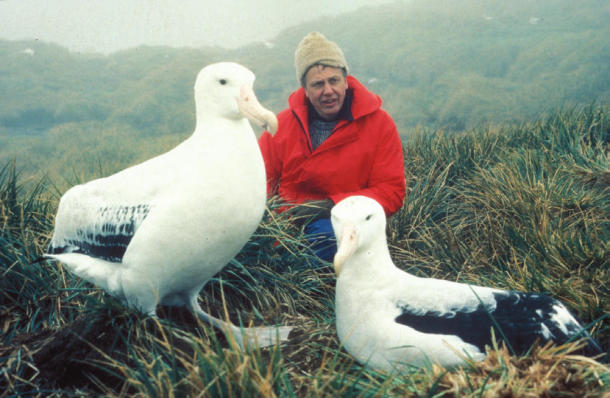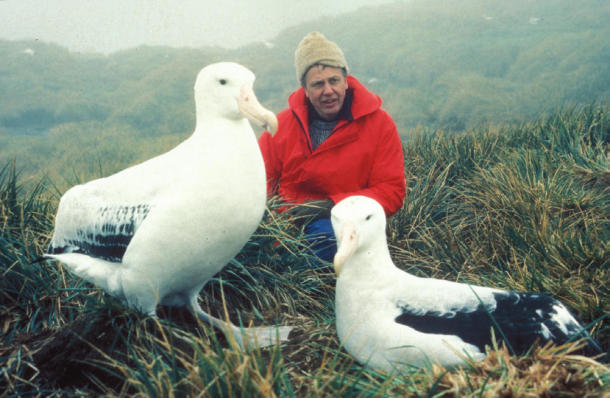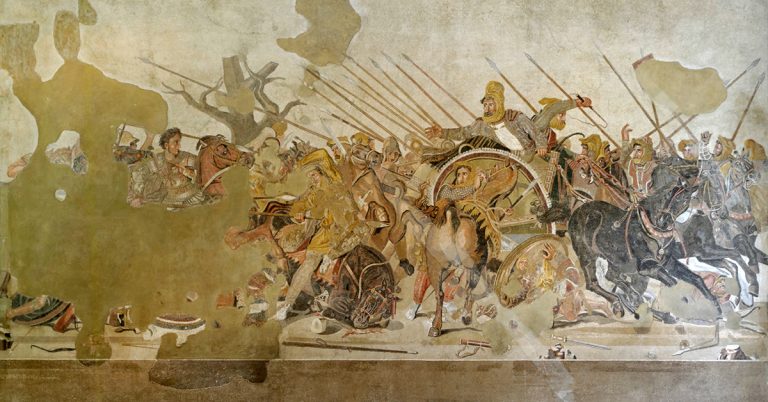

The living planet : The sky above
(1984) (reproduced by permission of the BBC
Photo Library)
Images of natural history, whether stationary or moving, have the capacity to affect the emotions of an audience. Through the creation of narratives, anthropomorphic reflection and knowledge transfer, they have the power to change perceptions and behaviour.
In our featured article this week “The role of the moving image in natural history” Joanna Henley puts forth an historical and philosophical discussion which aims to trace the form, function and significance of the emotive image within the context of the study of natural history.
Moving image narratives of natural history are, in their broadest sense, depictions of truths about the natural world. The human audience places its viewing trust in sources that communicate truth to us within the realms of our experience, and this may potentially trigger aesthetic and emotional responses.
The article presents critical reflections of the history of the moving image, and features pioneering technological advances and pioneering people in the field. In addition, the role of new languages is discussed, in particular with regards to reaching new audiences and instigating behaviour change to affect real engagement, affinity and empathy with the natural world. It is pointed out that, as is the case with all visual narratives, television and film are imprecise implements that cannot be wielded with predictable results. This, therefore, makes it difficult to measure their effectiveness at changing behaviours. It is suggested that within the contexts of natural history and environmental conservation, the growth of the moving image disciplines requires an innovative and transformative approach to create meaningful visual experiences for new audiences.
The role of the moving image in natural history is available to read online now.
http://www.euppublishing.com/doi/full/10.3366/anh.2013.0136
For more information on our Journal Archives of Natural History, please go to
http://www.euppublishing.com/journal/anh





